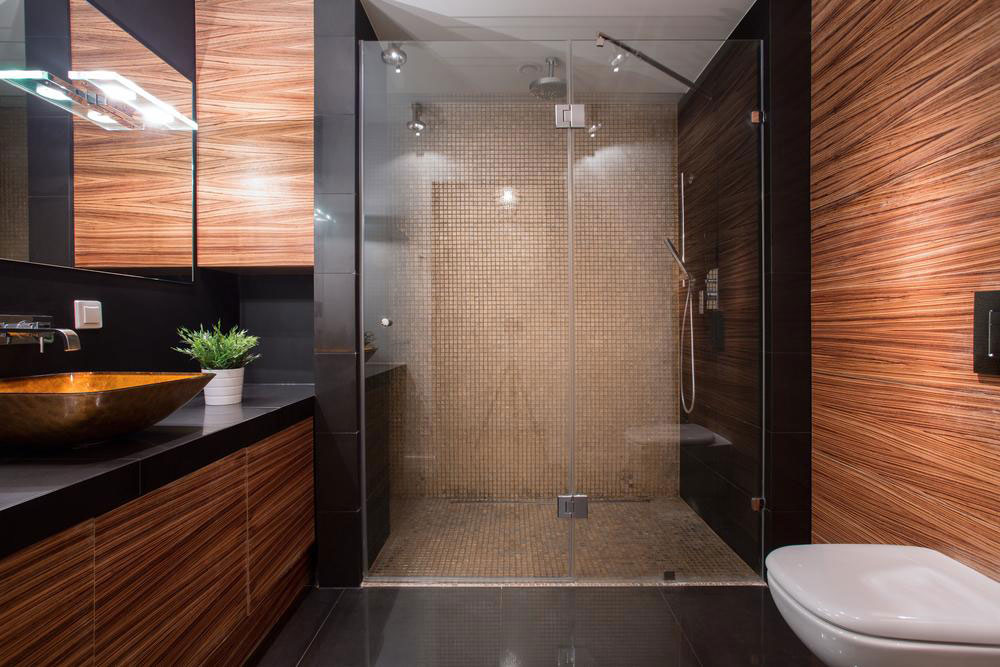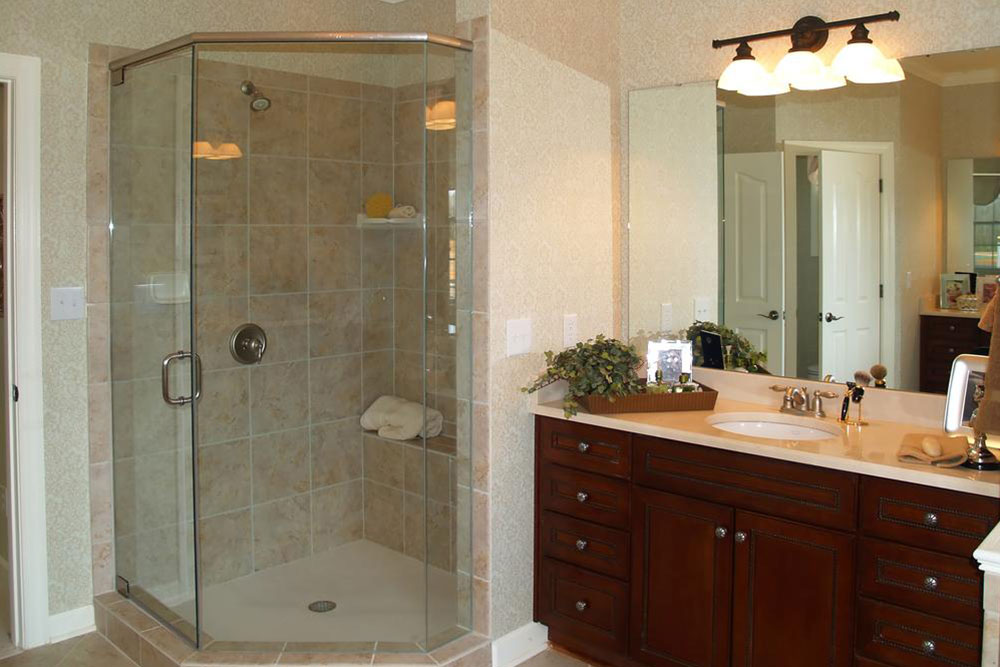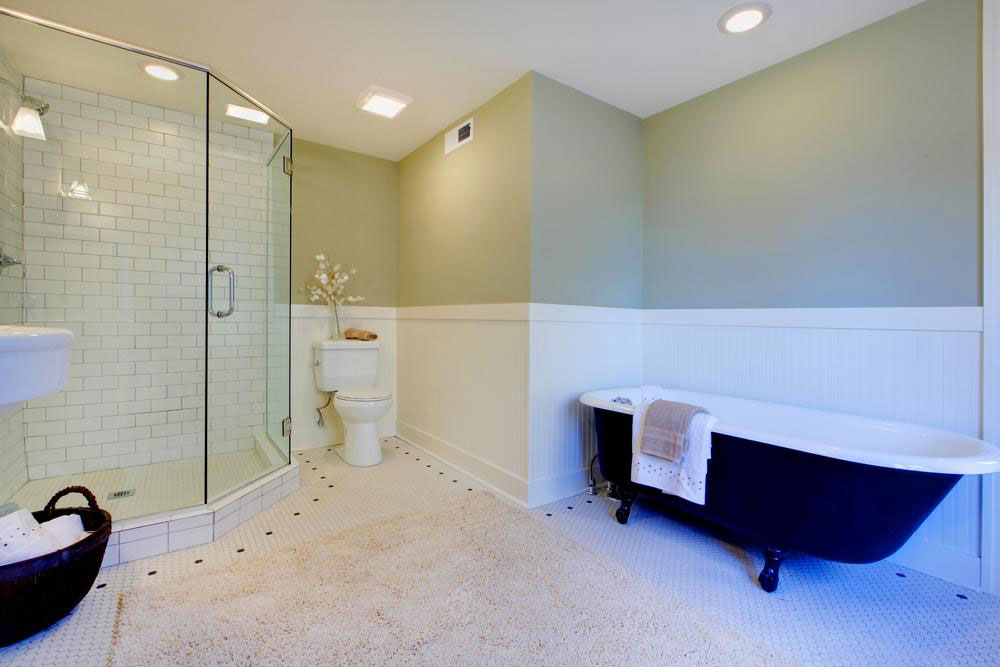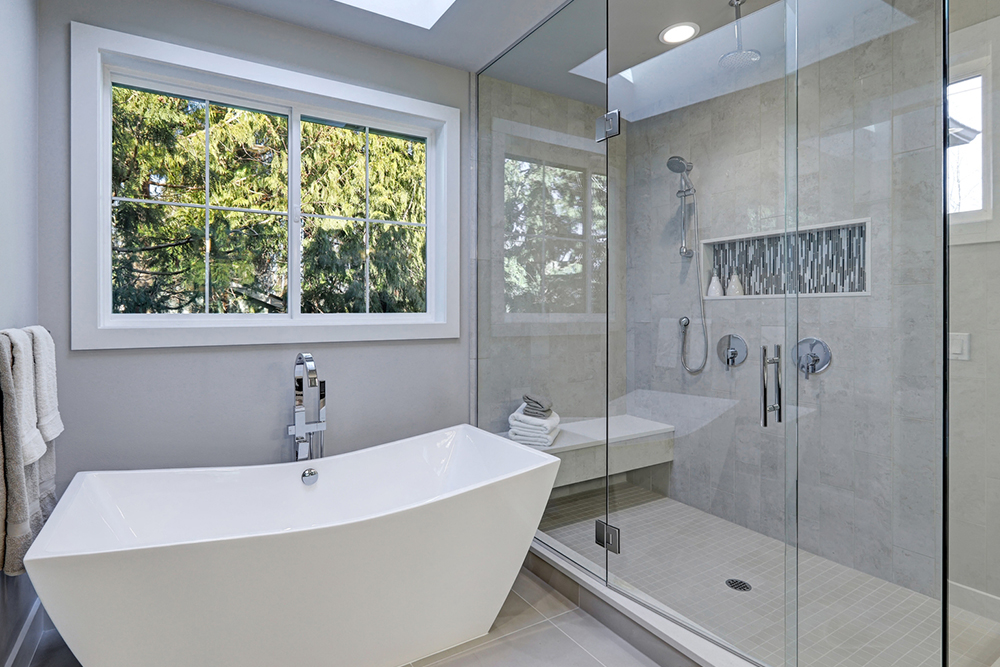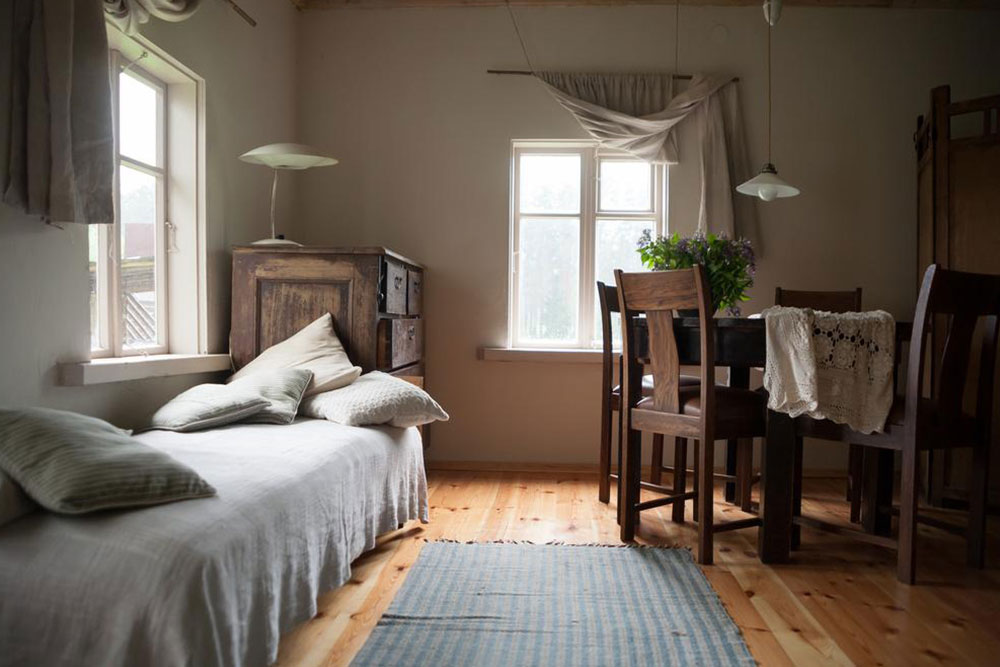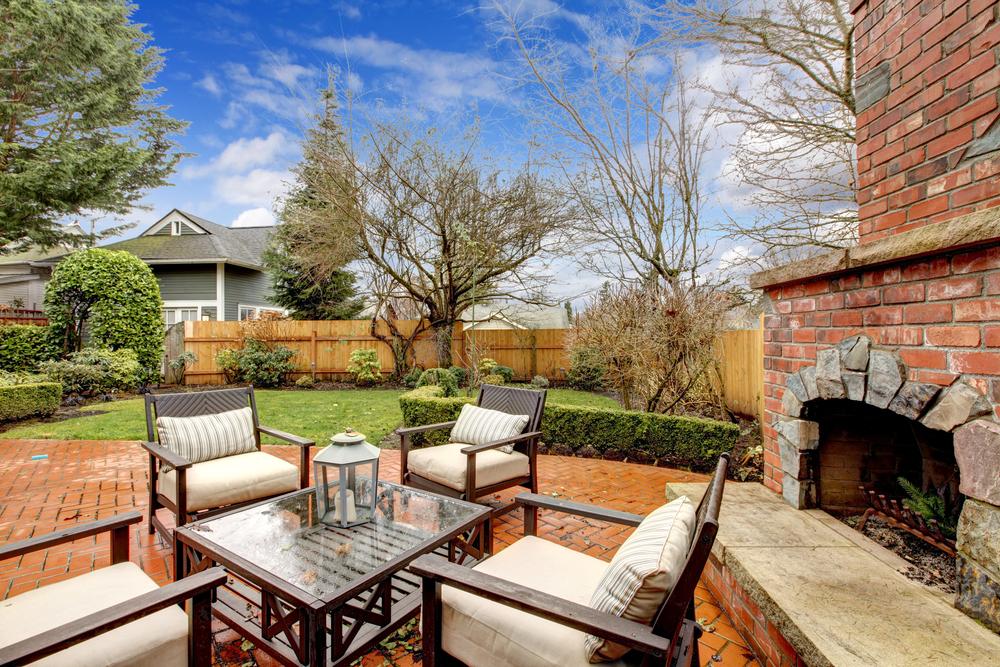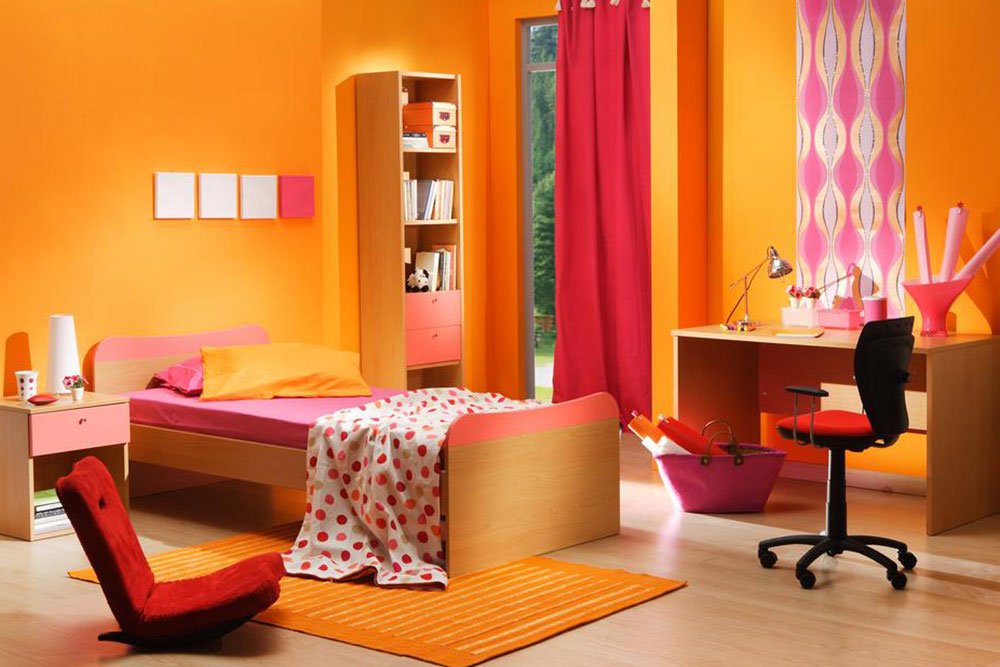How to Properly Construct a Shower Pan: Understanding the Layers
Learn how to build a durable, effective shower pan through layered construction techniques. Discover the importance of waterproof membranes, proper drainage, and careful layering for a long-lasting shower base. This guide covers both traditional mortar pans and modern pre-made options, emphasizing best practices for stability and waterproofing in shower installation.
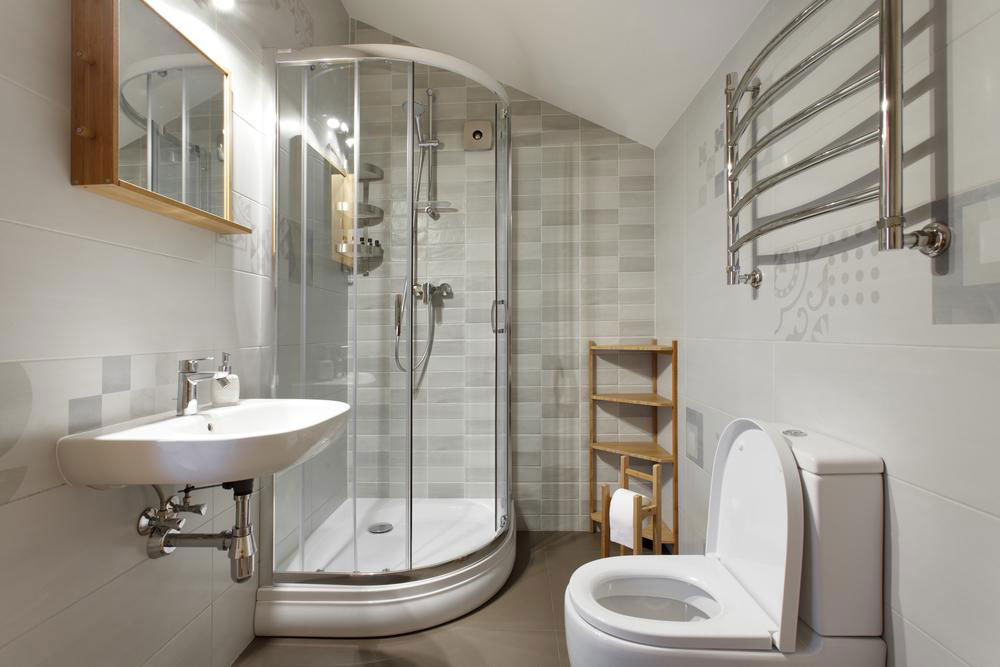
How to Properly Construct a Shower Pan: Understanding the Layers
A traditional mud shower pan, often called a mortar shower pan, is a custom-built base made from concrete. Once completed, it includes a drain that supports the shower floor, usually sloped toward a central drain and finished with tiles. The main goal is to create a sturdy, stable shower floor that drains water efficiently and prevents leaks.
Generally, water from the shower drains through a primary drain, although some setups have alternative drainage. The shower pan's job is not only water drainage but also channeling water that seeps through the surface into the drain system.
The key purpose of a well-designed shower pan is to guide water back into the drain using a waterproof membrane that slopes toward the drain and is wrapped around it. This setup includes tiny weep holes that allow water to exit into the sewage system. Without proper waterproofing or a liner, water can seep into surrounding walls and flooring, especially if permeable materials like concrete are used.
Traditional Shower Pans
While ready-made shower pans are widespread for ease of installation, handmade concrete shower pans offer superior strength, flexibility, and durability.
Building a Handmade Mortar Shower Pan
This involves layering materials around a drain assembly:
Frame the shower walls and curb, then install wall blocking to form the base structure.
Assemble and install the shower drain.
Line the base with tar paper for waterproofing.
Apply the initial mortar layer, then cover with a waterproof liner.
Finish with tile on top of the mortar base.
Constructing a mortar shower pan is a layered process that requires time and effort, resulting in a durable and long-lasting shower base. Prior to installation, ensure the sub-floor is solid and the drain flange fits correctly to avoid future issues.

